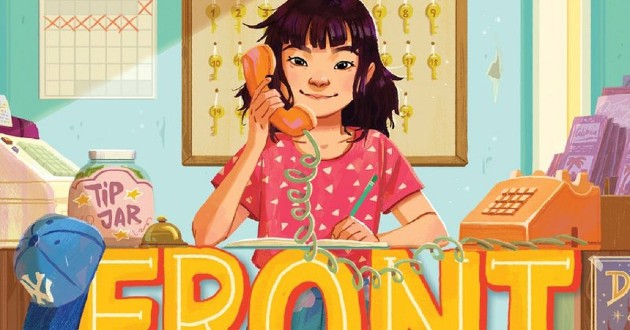“There’s no such thing as a kid who hates reading. There are kids who love reading, and kids who are reading the wrong books.” – James Patterson
Growing up, there was nothing I looked forward to more than Scholastic Book Fairs. Teachers would pause the day’s lesson and lead students to a common area where a makeshift display of bookshelves had been assembled. Anyone who was a student during the 90’s knows exactly what I’m talking about. They were always those metal roller-cases with big posters on the back. I still remember how my peers and I would swarm around them, trying to find the best books before they sold out.
It wasn’t just that Scholastic Book Fairs were a chance to spend some well-earned allowance money. It was also an opportunity for students to bond over the things they loved. You could join a discussion on the latest graphic novel or loan a classmate some quarters in return for borrowing their new book next free period. Books were the universal language, even kids who didn’t read would usually find something to excite them. It still amazes me how a good book can cross boundaries and bring different people together!
Building that Connection
Reading has always been a cornerstone of education. Reading improves vocabulary, spelling, problem solving, and comprehension skills. However, it’s the social-emotional benefits which often leave the biggest impact. Each day the world grows a little more complicated, and students look to educators like us to help them navigate the chaos. Books are a way to bridge the generational gap. They allow us to connect on a simpler level and show students that we care.
Just consider how…
- Books Can Support: For many students, finding a copy of New Kid by Jerry Craft, or Front Desk by Kelly Yang, in their classroom library can mean a lot. It signals that we care about them as individuals. That we want to acknowledge and respect their experiences, and that we’re willing and ready to listen. The right book can convey a message without being opened, and it’s important that our students know we care more about them growing into exceptional people than we do about test scores.
- Books Can Excite: Everyone likes to share things they enjoy. Just think about the last time you bonded with someone over a hobby or your favorite Netflix series. The same principle is true for students and books. Writing for Cult of Pedagogy, Shelby Denhof reflected on how the conversations she’s had with students about books are, “…natural relationship-builders that don’t even require the gentlest push on my part.” Students are happy to talk about their favorite books, and who knows, you may even have some in common.
- Books Provide Opportunity: Let’s say there’s a student in your class who is a big fan of the Percy Jackson Why not use those books to explore concepts like The Hero’s Journey or Fatal Flaws? Maybe your class really enjoys graphic novels. Have them read The Arrival by Shaun Tan and use the book as a template to explore early American immigration and the founding of Ellis Island. By connecting our lessons to the books and stories students love, we’re able to foster a growth mindset and expand their ability to learn.
Building that Bookshelf
There are so many opportunities to be found in good reading, and we shouldn’t miss this chance to enrich our students’ learning. So, if your class is able to meet in person, remember to keep your bookcase well stocked. For those engaging in remote teaching, take a moment and have students share their favorite novels. Maybe share some of your own! After all, what better way to begin a new chapter in your classroom than with a book?
We hope you are all staying healthy and safe during this difficult time. For more free educational resources simply follow this link. If you enjoyed this blog post, don’t forget to subscribe!
*Today’s image is of Front Desk by Kelly Yang. Get your copy today!

